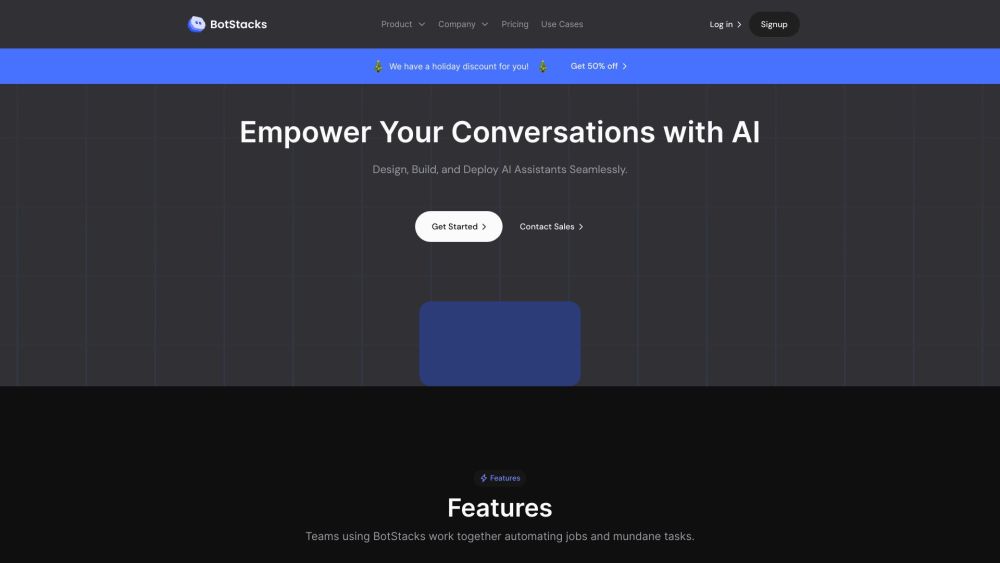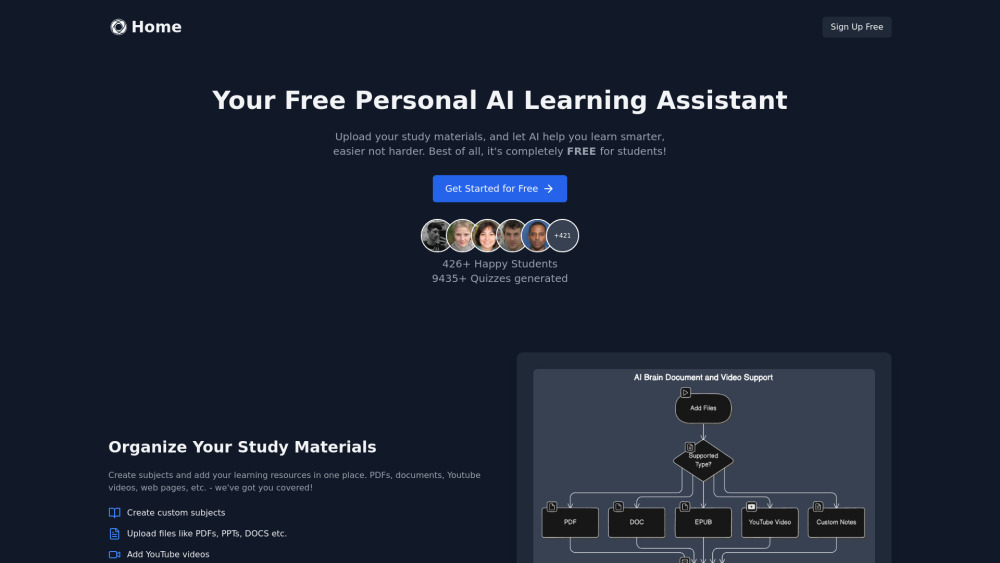Meta's AI chief Yann LeCun has long advocated for machine learning (ML) systems that can autonomously explore and understand their environments with minimal human guidance. The latest advancement from Meta, the V-JEPA (Video Joint Embedding Predictive Architecture), moves closer to this ambitious goal.
V-JEPA aims to replicate human and animal abilities to predict how objects interact. It accomplishes this by learning abstract representations from raw video footage.
How V-JEPA Works
Consider a video of a ball flying towards a wall; you expect it to bounce back upon impact. These fundamental observations form the basis of how we learn to interpret the world early in life, often before acquiring language skills. V-JEPA utilizes a similar approach known as "self-supervised learning," eliminating the need for human-labeled data. During training, the model receives video segments with certain parts masked out, prompting it to predict the concealed content. It doesn't aim to recreate every pixel; instead, it identifies a compact set of latent features that illustrate how elements in the scene interact. V-JEPA then compares its predictions to the actual video content, adjusting its parameters based on discrepancies.
By focusing on latent representations, V-JEPA enhances model stability and efficiency. Instead of honing in on a single task, it trains on diverse videos that reflect real-world variability. The researchers implemented a specialized masking strategy that encourages the model to grasp deep object interactions over superficial shortcuts.
After extensive video training, V-JEPA develops a robust physical world model adept at understanding intricate object interactions. Originally proposed by LeCun in 2022, V-JEPA is an evolution of the I-JEPA model released last year, which concentrated on images. In contrast, V-JEPA analyzes videos, leveraging their temporal aspect to cultivate more coherent representations.
V-JEPA in Action
As a foundation model, V-JEPA serves as a versatile system adaptable for various tasks. Unlike the prevalent need to fine-tune most ML models, V-JEPA can be used directly as input for lightweight deep-learning models that require minimal labeled examples to connect its representations to specific tasks, such as image classification, action classification, and spatiotemporal action detection. This architecture is not only resource-efficient but also easier to manage.
This capability proves invaluable in fields like robotics and self-driving cars, where systems must comprehend and navigate their environments with a realistic world model.
“V-JEPA is a step toward a more grounded understanding of the world, enabling machines to engage in generalized reasoning and planning,” says LeCun.
Despite its advancements, V-JEPA has potential for further improvement. Currently, it excels in reasoning over short video sequences, but the next challenge for Meta's research team is to extend its temporal horizon. Additionally, they aim to bridge the gap between JEPA and natural intelligence by experimenting with multimodal representations. Meta has made V-JEPA available under a Creative Commons NonCommercial license, inviting collaboration and experimentation from the research community.
Reflecting on the landscape of AI, LeCun likened intelligence to a cake, with self-supervised learning forming the largest portion, while supervised learning is the icing, and reinforcement learning is the cherry on top.
While we've made significant strides, we are only beginning to uncover the full potential of AI.





